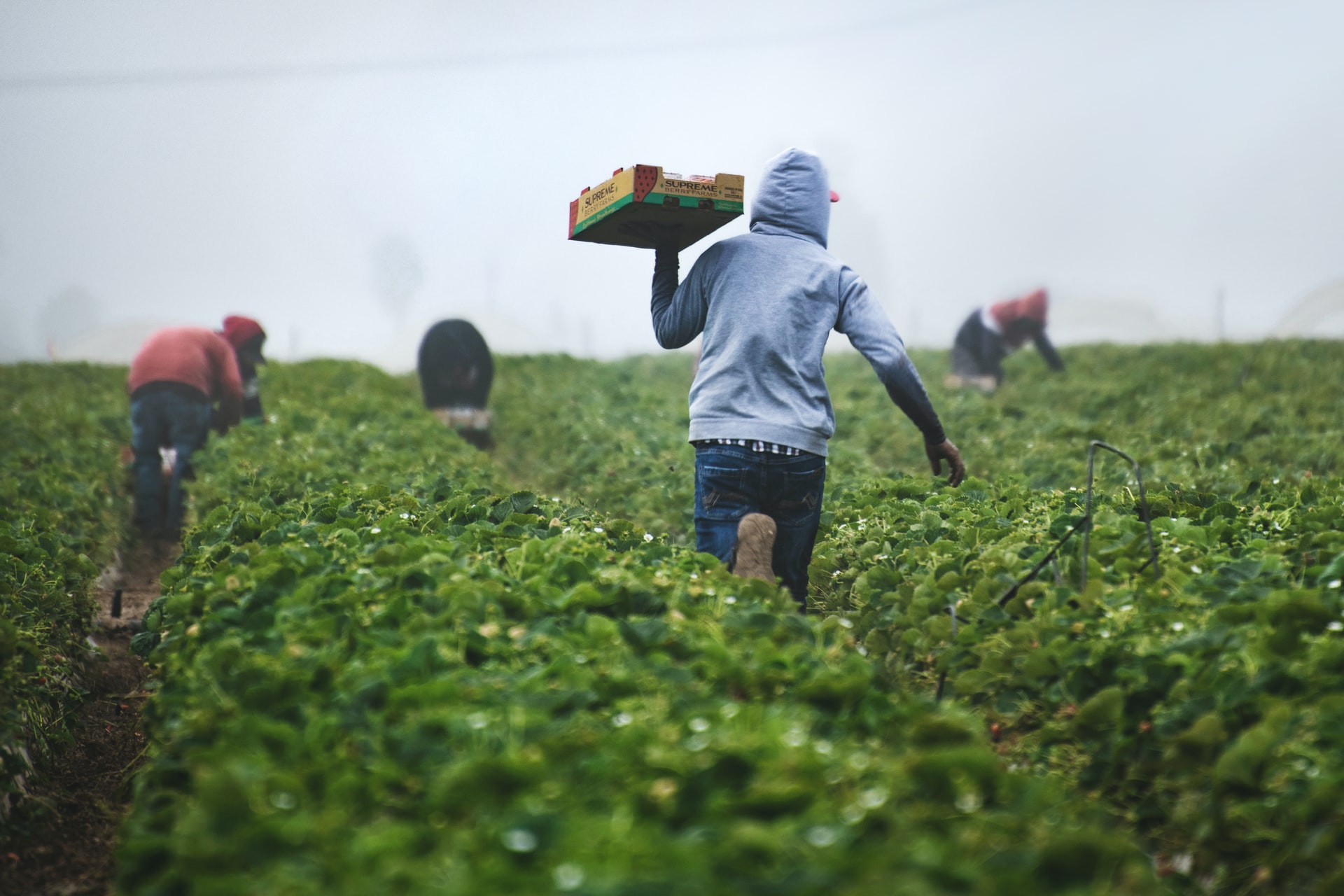Everyone Eats
And when we’re not eating, we’re often thinking about our next snack or meal. Eating provides great pleasure, especially when we’re dining with family or friends. But food and how it is grown and processed also contributes to soaring rates of obesity and diabetes, environmental degradation, cataclysmic climate change, risky workplaces, and disturbing growing practices for farm animals.
The National Food Museum™ will be the first nationally significant museum that explores America and Americans through the lens of food: what we eat, what influences our food choices, food’s enormous effects on our health and the environment, and more. Through highly interactive and experiential exhibits, the nonprofit museum will help visitors make connections between the food they eat and the impact of those choices on themselves and our planet.
A visit to the museum may include a walk through a giant digestive tract; an animation of cattle’s contribution to climate change, pollution, and heart disease; hilarious snippets from old ads and TV shows on a wall-size screen; and a nutrition analysis of the visitor’s diet. The museum will provide surprising information, help visitors recognize that they have control over their food choices, and enable visitors to participate in solving food-related problems, both locally and across the nation. The museum also will add to the vibrancy of the civic life of its host city.
The Museum's Goals

Impart important, interesting, useful information to visitors in a fun and engaging way.

Promote critical thinking about food’s impact on health and the environment, farm animal welfare, social equity, global and domestic hunger, and how the food industry and politics affect America’s food system and what we eat.

Encourage engagement in local, national, or global efforts to solve food and farming-related problems, including those related to health, climate change, the environment, and hunger.

